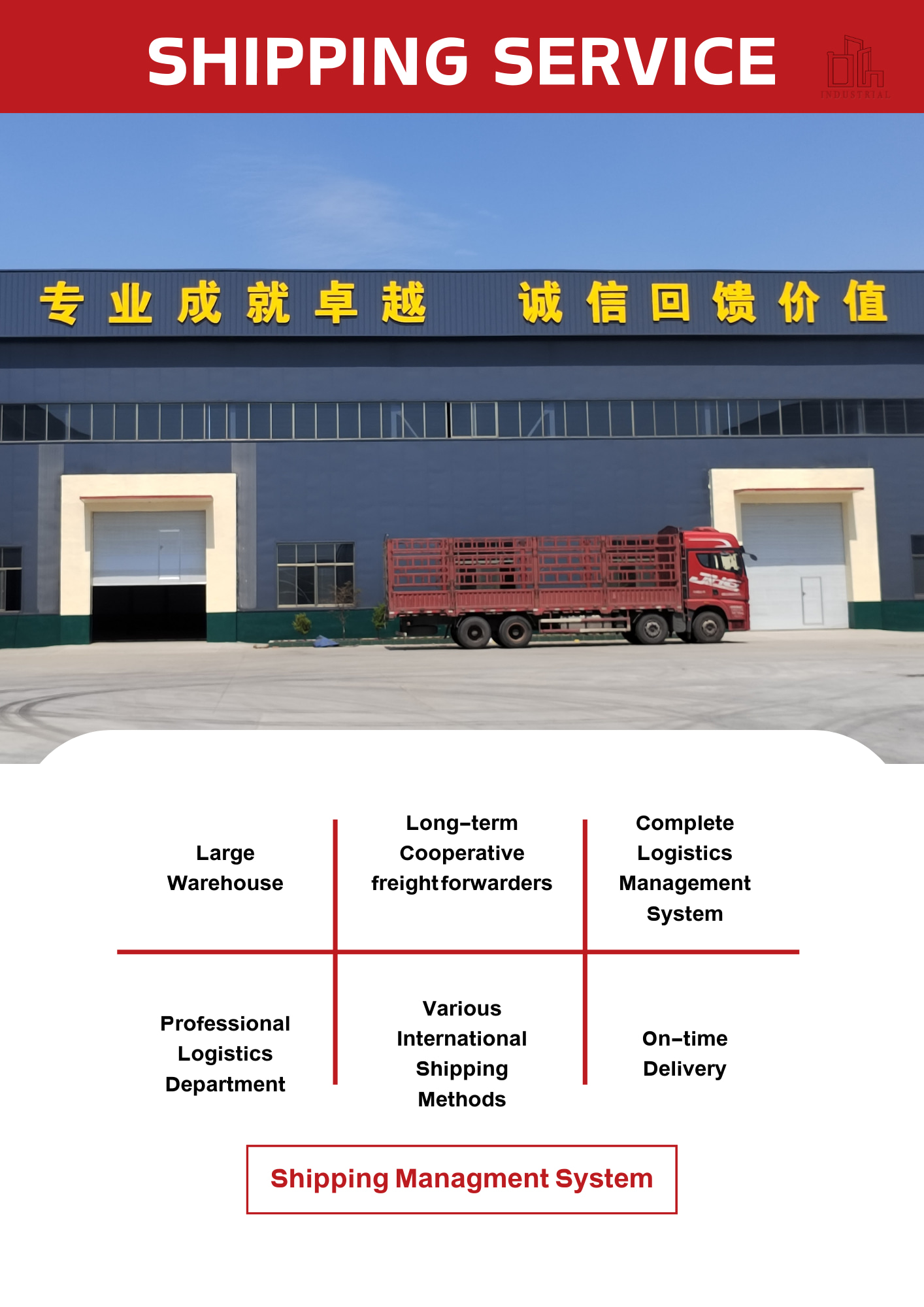We focus on the research and development of 35-1 000 kV porcelain-coated gapless metal oxide arresters; 6-800 kV composite-coated gapless metal oxide arresters; 66-1000 kV GIS gapless metal oxide arresters; 35-750 kV line-type composite-coated series-gap metal oxide arresters; complete sets of arresters for ±50-±1100 kV DC transmission projects; gapless metal oxide arresters for railway electrification; and counters and monitors for arresters.
Payment :
In AdvanceProduct Origin :
ChinaShipping Port :
Shanghai PortLead Time :
15 Working daysWe focus on the research and development of 35-1 000 kV porcelain-coated gapless metal oxide arresters; 6-800 kV composite-coated gapless metal oxide arresters; 66-1000 kV GIS gapless metal oxide arresters; 35-750 kV line-type composite-coated series-gap metal oxide arresters; complete sets of arresters for ±50-±1100 kV DC transmission projects; gapless metal oxide arresters for railway electrification; and counters and monitors for arresters.
A lightning arrester, also known as a surge arrester or a lightning diverter, is a device used to protect electrical and electronic equipment from overvoltage caused by lightning strikes or other transient voltage surges. Its primary purpose is to divert excessive transient current and voltage safely to the ground, thereby safeguarding the connected equipment.
Points:
1. Function: Lightning arresters provide a low-impedance path to redirect the high magnitude of transient current and voltage caused by lightning strikes or surges away from sensitive equipment. By offering a preferred path for the surge to discharge, they minimize the risk of damage to the electrical system.
2. Construction: A typical lightning arrester consists of a metal oxide varistor (MOV) or a gas discharge tube (GDT) connected between the electrical conductor or equipment to be protected and the ground. MOV-based arresters are commonly used in low-to-medium voltage applications, while GDT-based arresters are suitable for high voltage applications.
3. Operation: During normal operation, the lightning arrester remains in a high impedance state, allowing the regular electric current to pass through without any significant resistance. However, when a transient voltage surge occurs, such as due to a lightning strike, the arrester triggers and provides a low-resistance path to divert the excessive energy to the ground.
4. Voltage Rating: Lightning arresters come with specific voltage ratings based on the system they protect. The voltage rating should match or exceed the system voltage to ensure effective protection against voltage surges.
5. Location: Lightning arresters are typically installed at the entrance points of electrical systems, such as the main distribution panel, equipment cabinets, or power lines. They can also be installed at critical equipment to provide additional protection if necessary.
6. Coordination: It is important to ensure proper coordination between different levels of lightning protection systems, such as surge protection devices (SPDs) located at service entrance panels and additional SPDs installed at equipment level. This helps to provide comprehensive protection against surges throughout the electrical system.
7. Inspection and Maintenance: Regular inspection and maintenance of lightning arresters are essential to ensure their continued functionality. This may include checking for physical damage, verifying proper grounding connections, and replacing any damaged or expired components according to the manufacturer's recommendations.
Lightning arresters play a critical role in protecting electrical systems and equipment from the damaging effects of lightning strikes and transient voltage surges. By diverting excessive energy safely to the ground, they help prevent costly downtime, equipment damage, and potential safety hazards.


Tags :